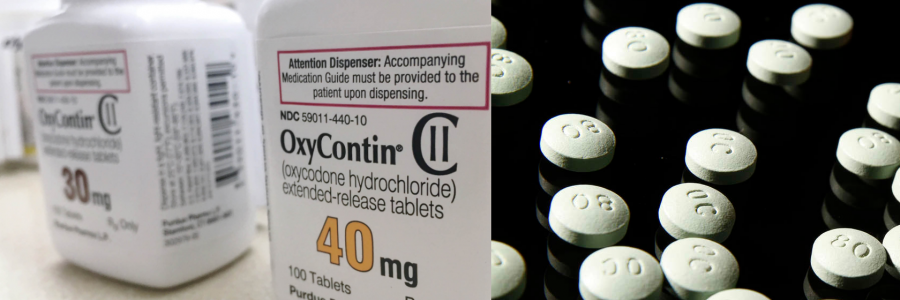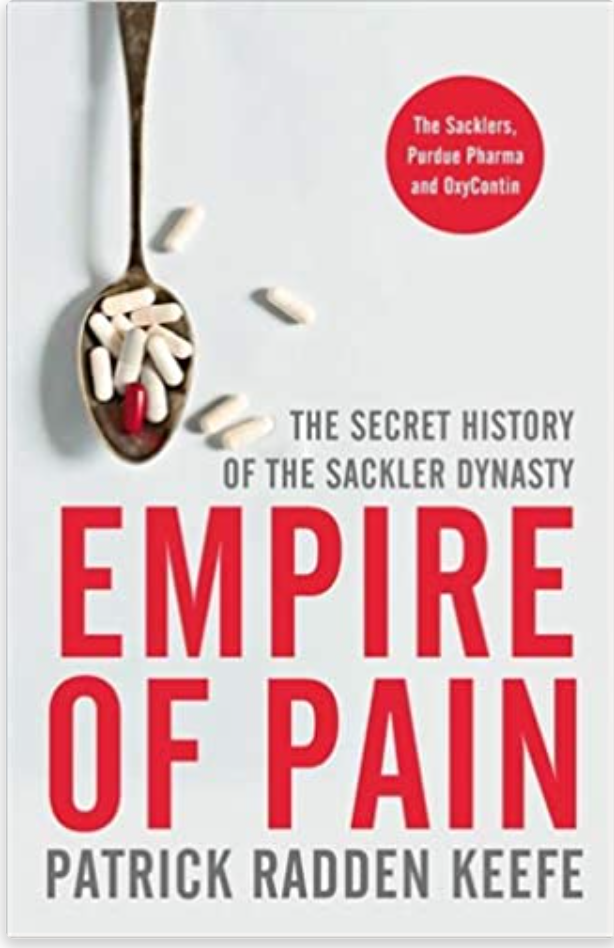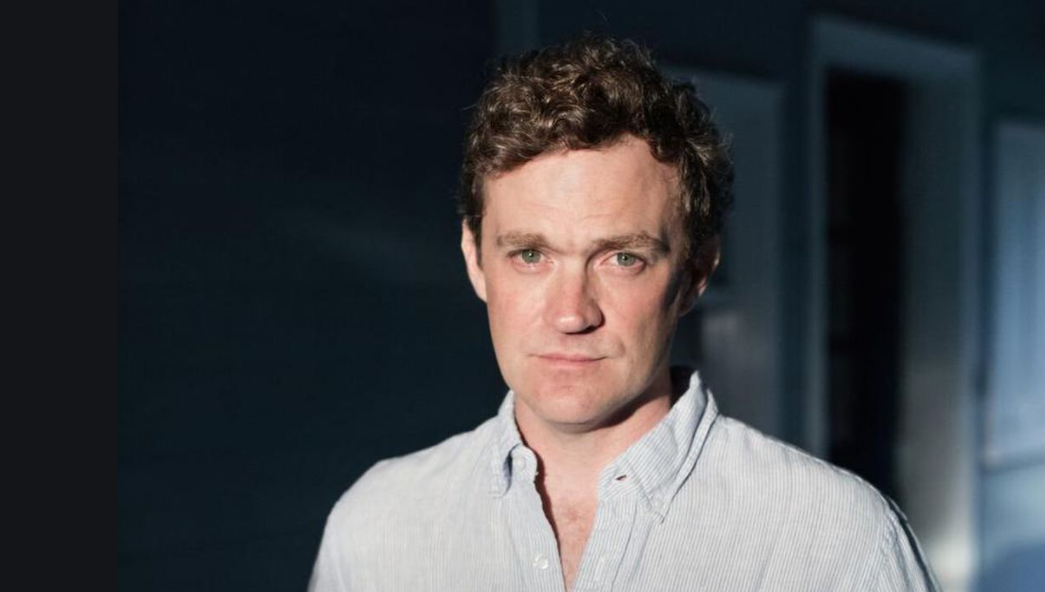
OxyContin the wonder drug which found eager audiences




Three generations of the Sackler dynasty and their roles in the stories of the opioid Valium, and Opioid OxyContin, revealing misery, greed and pliant regulators and the abuse of philanthropy.
Patrick Radden Keefe, a New Yorker writer and prize-winning, bestselling author of Say Nothing, reveals the inside story.
In 1980s, a small UK drugs company launched MS Contin, a painkiller which release morphine pill for patients suffering from cancer, at the prompting of Cicely Saunders, a leader of the hospice movement, to help them die with dignity at home, rather than on a morphine drip.
40 years later, OxyContin, MS Contin’s successor became the most notorious medicines in the US history, having helped to unleash an epidemic of opioid related overdoses from OxyContin that claimed over half a million lives many in towns in Appalachan states like West Virginia.
The Sackler family, with three brothers from Brooklyn turned OxyContin into a blockbuster, making billions in the process.
The Sacklers are one of the richest families in the world, although the source of the family fortune was vague, however, until it emerged that the Sacklers were responsible for making and marketing Oxycontin, a blockbuster painkiller that was a catalyst for the Opioid crisis an international epidemic of drug addiction. The Sackler name adorns the walls of many storied institutions including the Harvard, Oxford, the Louvre and the Metropolitan Museum of Art. They were acclaimed philanthropies as many museums courted their donations and named projects and buildings after them, from Sackler Centre for Arts Education at the Guggenheim museum in New York, to the Serpentine Sackler Gallery in London. Many donations flowed from Purdue Pharma, a Connecticut based drugs company owned by two of the Sackler brothers and their families (who also owned the UK maker of MS Contin). Its biggest product OxyContin which instead of morphine contained oxycodone, a more potent opioid.
“Richard Sackler, was able to sustain an impressive degree of emotional and cognitive detachment from the reality “, writes Patrick Radden Keefe.
Pliant regulators, a flawed healthcare system and greed allowed a family enterprise to spread its spills, helped by advisers including the consultancy McKinsey & Co. Although, Opioids were sold across the world but the US epidemic was unmatched.
The US Food and Drug Administration made what its commissioner during the 1990s later called of the “ great mistakes of modern medicine- legitimisation of the opioids.”
Keele’s revelations shows the degree which the Sacklers pioneered the aggressive advertising and direct selling to doctors of US pharmaceutical industry. Purdue popularised OxyContin with tactics similar to those Arthur, the eldest brother had devised to get doctors to prescribe Roche’s tranquillisers Librium and Valium in t 1960s.
Arthur’s “life force citations in the Medical Advertising hall of fame. In 1996, the launch of OxyContin by his nephew Richard Sackler promised OxyContin the wonder drug which found eager audience would promote it so heavily that it would unleash “a blizzard of prescriptions that will bury the competition”.
Purdue pushed OxyContin to be prescribed not only for cancer but for bad backs, arthritis and aches of manual labour which is a much larger market.
OxyContin became the miracle drug as patients testified it had let them return to work or pickup their grandchildren.
Keefe talked to 200 people who knew generations of Sacklers which reveals the obsessive personalities and ferocious energies of some members, exemplified by Arthur’s “life force ,his won’t take no for an answer tenacity, his vision”. Arthur who is trained as a psychiatrist but went on to own an advertising agency and a medical publisher, innovated and cajoled his way through the worlds of medicine and art.
Arthur gave money to the Metropolitan Museum of Art in New York in 1961 in return for a gallery and all of its paintings bearing his name, plus some tax benefits.
He also pledged $3.5m to have a new wing of the Met containing the Temple of Dendur called the Sackler Wing.
Arthur died in 1987, when OxyContin had not yet been invented. The families battled over his inheritance and Arthur’s children sold his Purdue stake to his brothers Mortimer and Raymond for $22m, a spectacular foolish transaction.
Raymond’s son Richard regarded by Purdue employees as “a bit of a princeling, an entitled dilettante”, took charge of the company , and rippled emerged soon after OxyContin was launched with first wave of overdose deaths”.
Some victims were addicts who crushed the pills to release their drugs and sniffed them like heroin. Many were people who found that the pill’s slow release did not relieve pain for the promised 12 hours and increased their dosage, to which Richard said “ the drug wasn’t the problem, the problem was the abusers.”
In some parts of Appalachia, people would pair an OxyContin with Valium- one of Richard Sackler’s pills and one of his uncle Arthur’s and called it “the Cadillac high” Keefe records.
The Purdue-owning Sacklers continued selling OxyContin even after a 2007 court case in which Purdue pleaded guilty to a federal charge o misbranding and paid a $600m settlement. They voted to pay themselves $325m that month, and took out a total of $4.3bn in OxyContin proceeds between 2008 and 2016.
The empire finally toppled , with Purdue declaring chapter 11 bankruptcy in 2019, and the owner Sacklers made a settlement offer in 24 states and District Columbia $4.3bn this March.
Empire of Pain: The Secret History of the Sackler Dynasty by Patrick Radden Keele, Double Day $32.50/ Pan Macmillan £20, 560 pages.
